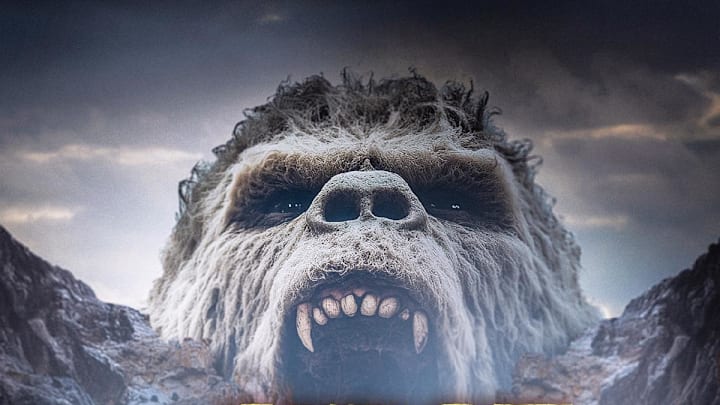An issue that plagues documentaries about Bigfoot, or the hunt for it, is the inevitable ending in which the creature isn’t found. This is not the case with Siege of Ape Canyon, the latest documentary from director Eli Watson. The film is not about the search for Bigfoot, but the pursuit of a local legend embroiled in the Bigfoot legend itself.
The documentary, filmed in Washington and Oregon, comes to us from Small Town Monsters, who produce documentaries centered on monster folklore in rural areas. They 've previously given us features on werewolves and the Jersey Devil. Siege of Ape Canyon explores the legacy of a legendary encounter with creatures near Mount St. Helens.
In July of 1924, five men from Kelso, Washington led by Fred Beck began encountering large, hairy, bipedal creatures on the eastern slope of Mount St. Helens. They laid claim there to mine gold and built a humble cabin to house themselves. Two of the men found one of the creatures hiding behind a tree and opened fire with their rifles, causing the beast to flee.
They returned to the cabin and told their skeptical companions, who encountered another one of the creatures (referred to as “Mountain Devils” by opening narrator Lyle Blackburn) and were able to bring it down after several rifle shots. Realizing they would never escape the forest by nightfall, they opted to stay in the cabin and leave at first light. That night, six or seven Mountain Devils laid siege to the cabin—throwing rocks onto the roof, digging underneath, pounding on the walls—while the men fired at them from the inside. All five men made it to dawn, fleeing the forest and reporting the incident to the rangers.
The story was widely publicized in the newspapers, establishing a local legacy that would last for generations. This legacy, and the discoveries that arose from it, are what Siege of Ape Canyon explores.

I must admit that I live and grew up in the Pacific Northwest, and while I've definitely heard some Bigfoot tales, I had never heard about Ape Canyon’s. The documentary points out how a “century long game of telephone” has distorted much of the story through exaggerations and misconceptions. Fred Beck even wrote a book about his encounter called I Fought the Ape Men of Mt. St. Helens around the time he began dabbling in spiritualism. He added many of those qualities to the story in the book, further muffling the story.
Like most documentaries, the story is told through the people. At the forefront is Marc Myrsell, an enthusiastic historian and outdoorsman who’s been researching the Ape Canyon story since reading about it in Nick Redfern’s book Three Men Seeking Monsters. After uncovering a “treasure trove” of obscured information regarding the alleged incident, he set out to find proof of the cabin’s existence. He located what would have been the original site of the cabin and discovered artifacts supporting the claim . These artifacts—nails, bailing wire, spoons—would be displayed at the North American Bigfoot Center in Boring, Oregon, owned by Myrsell’s friend Cliff Barackman of Finding Bigfoot fame.
Some of the best insight comes from interviews with the descendants of Marion Smith and his son Leroy, two of the five miners who fought the Mountain Devils. They recount their journey with Myrsell to Ape Canyon, which took a turn for the worse after an injury. They clarify some of the rumors and questions surrounding their family’s story for generations. Bette Mitchell, Leroy’s daughter, looks back on her father’s memory with fondness, admiring his warmth and dedication to his family.

Keeping with Small Town Monsters’ tradition, the film carries a certain charm that evokes the ambience and nature culture of the Pacific Northwest through a local lens. It is filled with beautiful shots of Mount St. Helens and rural Washington, courtesy of recreation cinematographer Sam Rodriguez. Images of the scenery during opening credits are paired perfectly with a banjo score from Brandon Dalo.
For a film covering local folklore, they convey real humanity through the interviews with Smith’s family and the journey to find the cabin’s original location. They immortalize not only the story, but the miners themselves.
If you’re looking for a documentary about the perils of looking for a sasquatch (or Mountain Devil), or the discovery of the irrefutable truth of cryptozoological existence, you may want to fill your DVR with some late night History Channel programs. If you want to watch an exploration of truth buried under myth, check out The Siege of Ape Canyon.
